Stuck in a Limbo Between Two Genders
As cross-dressers, we often feel like we don’t fit into either category. We are stuck in limbo, unsure of who we are or what we want.
Society informs us that there is only one right way to be – and if we don’t fit into that tiny box, we must be broken.
But what if there is no right way? What if our identity is something that exists outside of societal norms?
Maybe it’s time to stop trying to force ourselves into somebody else’s mold.

We talk of being stuck in limbo between two genders. But what does it mean?
This means that there is a gender identity that you feel doesn’t quite fit with the gender you were assigned at birth.
You may feel like you’re a boy trapped in a girl’s body or vice versa.
Or maybe your gender expression doesn’t quite match how society expects men and women to look and behave.
Who said society is right when it comes to gender identity?
There’s a lot of pressure on people to conform to the gender binary system, which is to be either male or female.
However, for some of us, this isn’t as simple as it seems. Below, I’ll delve deeper into this topic. Read on!
1. What does it mean to be genderqueer or nonbinary?
As cross-dressers, we are also described as genderqueer or nonbinary.
What does that mean? Webster defines gender as “the behavioral, cultural, or psychological characteristics typically associated with one sex.”
Merriam-Webster also defines queer as “strange or odd from a conventional standpoint” and nonbinary as “not consisting of two genders.”
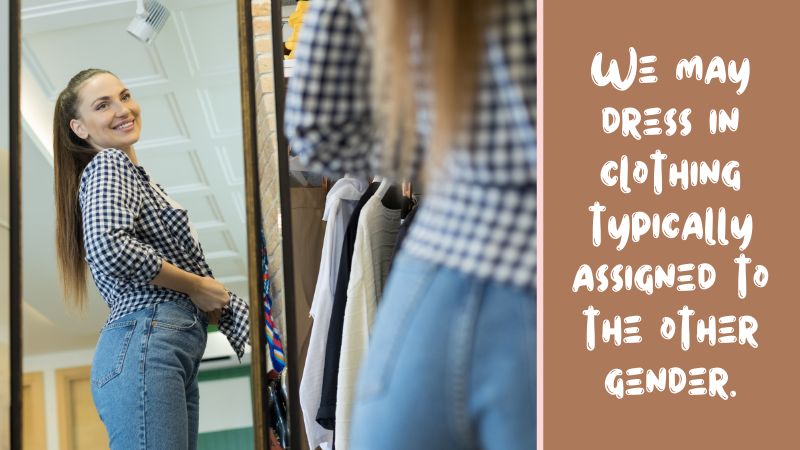
So, when we say that we are genderqueer or nonbinary, we are saying that our gender does not fit into the conventional binary system of male and female.
We may dress in clothing typically assigned to the other gender, present in a way that does not conform to societal expectations of how men or women should look or behave, or simply identify as something other than man or woman.
For some people, being genderqueer or nonbinary is a lifelong identification; for others, it is something that they explore and identify with at different points in their lives.
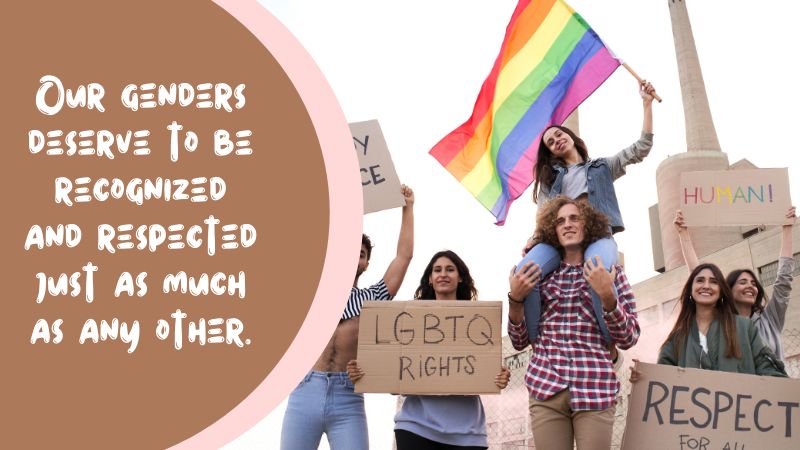
Despite the increasing visibility of genderqueer and nonbinary individuals, there is still a lot of ignorance and misunderstanding surrounding the topic of what it means to be genderqueer or nonbinary.
Many people see us as confused, broken, or simply trying to be trendy.
But we are none of those things.
We are simply individuals who do not fit neatly into the gender binary, and our genders deserve to be recognized and respected just as much as any other.
2. How do you know if you’re genderqueer or nonbinary?
There isn’t a definitive answer, as everyone experiences gender differently.
However, some things might indicate that you fall somewhere within the genderqueer or nonbinary spectrum.
If you feel like your gender doesn’t quite fit into the binary, or if you feel like you don’t identify with either gender, then you might be genderqueer or nonbinary.
Additionally, if you experience discomfort with traditional gender roles and presentations, or if you just don’t feel like your gender is easily definable, then you might also be genderqueer or nonbinary.
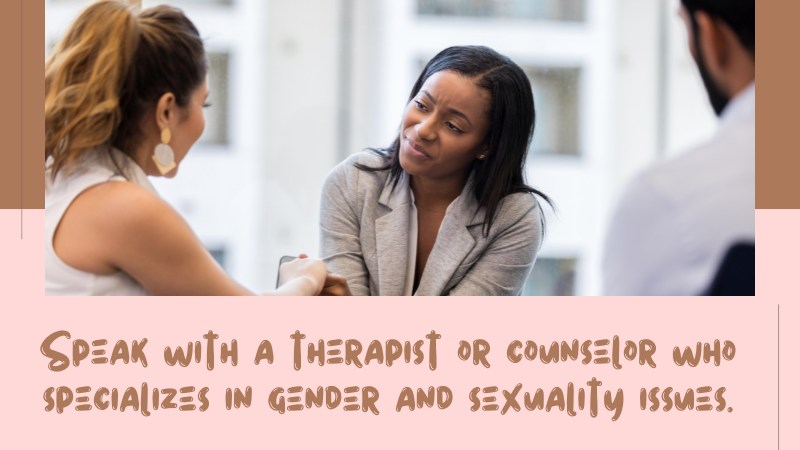
Of course, these are just general guidelines – only you can truly determine whether or not you are genderqueer or nonbinary.
For further assistance and guidance on this, it might be helpful to speak with a therapist or counselor who specializes in gender and sexuality issues.
3. What are some of the challenges faced by people who don’t identify as a binary gender?
Those of us who don’t conform to the binary gender identity face a plethora of challenges.
We are often ridiculed, harassed, and even attacked for who we are.
In a world that is so insistent on fitting everyone into two neat little boxes, those of us who don’t identify as male or female can feel incredibly lost and alone.
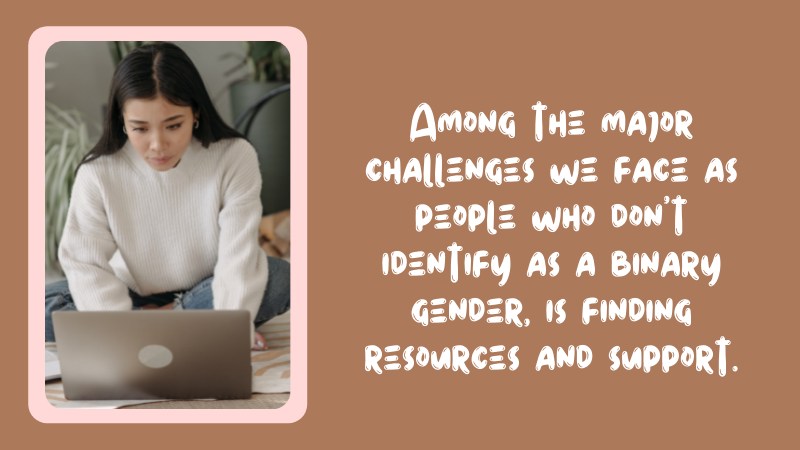
Among the major challenges we face as people who don’t identify as a binary gender is finding resources and support.
There are very few organizations or groups that cater specifically to non-binary people, and even fewer that are accessible internationally.
This makes it difficult for us to find help and support when we need it the most.
Another challenge is dealing with the constant invalidation of our identities.
From family members to strangers, many people refuse to accept that there is more than one way to be a human being.
This can lead to a lot of loneliness and isolation.
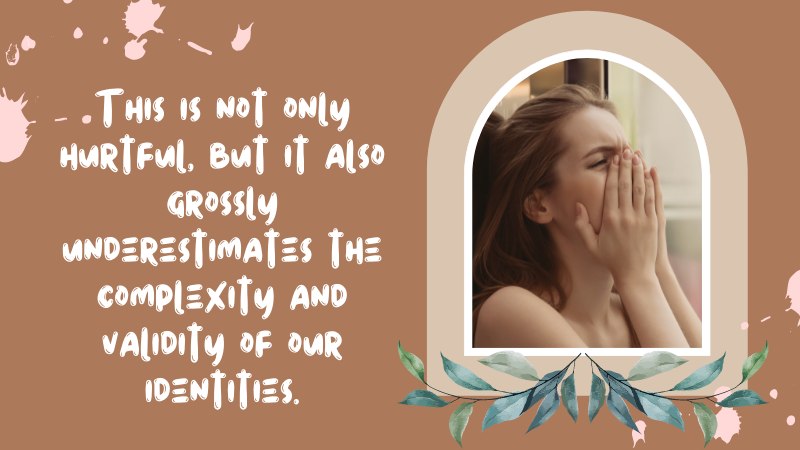
Finally, non-binary people often have to deal with the assumption that we are just a phase or that we are doing it for attention.
This is not only hurtful, but it also grossly underestimates the complexity and validity of our identities.
We are not confused; we are not pretending; we are simply living our lives in the way that works best for us. Thank you for listening.
4. How can we make society more inclusive for people who don’t identify as male or female?
We have a plethora of ways we can make our society more inclusive for people who don’t identify as male or female.
One way to be more inclusive is to use gender-neutral language.
This can be done by using they/them pronouns instead of he/him pronouns or by using words like “person” or “individual” instead of “man” or “woman.”
It’s crucial to know the different terms that non-binary people may use to describe themselves.
Some people identify as transgender, genderfluid, agender, or another gender identity that doesn’t fit into the traditional binary system.
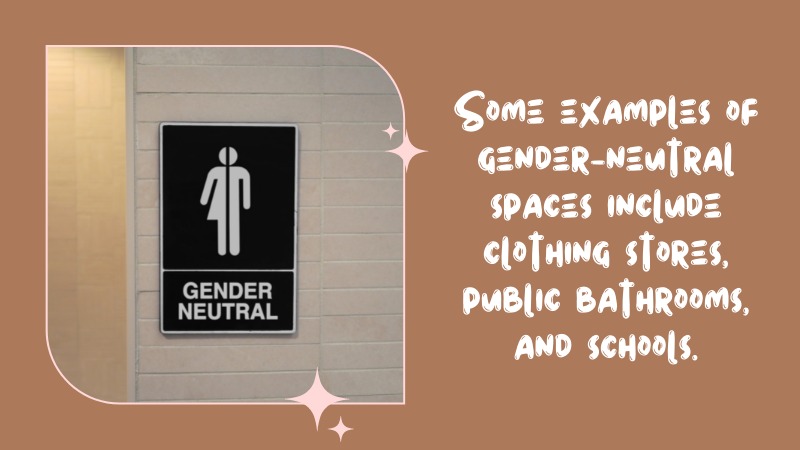
Another way to make society more inclusive is by creating more gender-neutral spaces.
These are places where people of all genders can feel safe and comfortable.
Some examples of gender-neutral spaces include clothing stores, public bathrooms, and schools.
We need to remember that inclusion is a two-way street.
It’s not enough to just create nonbinary. It’s important to ask people how they would like to be referred to and not make assumptions.
Below are additional ways to make society more accommodative of the non-binary gender:
- Recognizing that there is a wide range of genders beyond just male and female. With that, you learn to respect everyone regardless of their gender identity. You wouldn’t want to be disrespected simply because you chose the gender you feel comfortable in, would you?
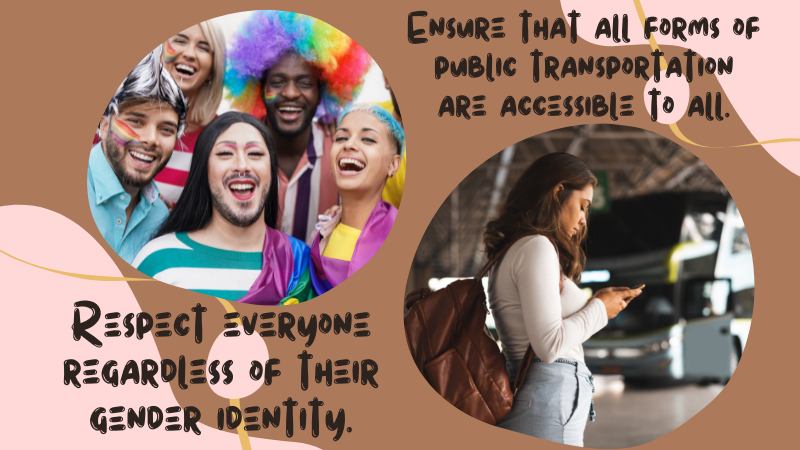
- Ensuring that all forms of public transportation, as well as government services and facilities, are accessible to all, whether they’re male, female, or non-binary. Gender identity shouldn’t be used as a requirement to access these basic amenities.
- Working to change the way we think about gender and challenging the traditional gender binary whenever possible.

- Promoting diversity and inclusion in our schools and workplaces so that everyone feels welcome and supported.
- Creating inclusive language standards so that everyone is included in conversations and communications.
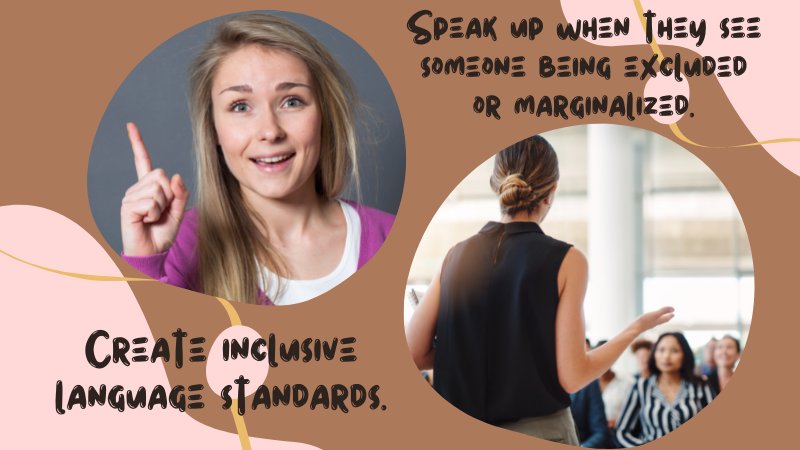
- Encouraging allies to speak up when they see someone being excluded or marginalized because of their gender identity.
There are many ways to make society more inclusive for anyone who doesn’t conform to the binary system.
Above, we’ve just highlighted a few. Let’s all strive to create a society that accommodates everyone without discrimination on the basis of gender.
5. What can you do to support someone who is genderqueer or nonbinary?
There are many things you can do to support someone who is genderqueer or nonbinary. Here are a few suggestions:
1. Use the person’s preferred name and pronouns
Use the preferred pronouns even when it’s “obvious” that the pronoun isn’t what society expects.
For example, if someone presents as male but uses she/her pronouns, do not use he/him pronouns.
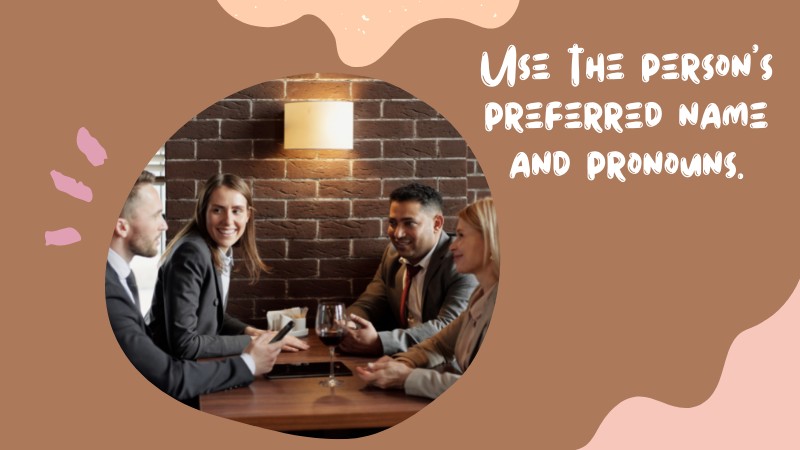
2. Acknowledge that there is no one way to be genderqueer or nonbinary.
There is no one way to be genderqueer or nonbinary, and everyone experiences their gender differently. Respect the person’s unique identity.
3. Educate yourself on gender diversity
It’s important to educate yourself on topics such as gender identity and expression, privilege and oppression, and sexual orientation.
This will help you better understand your friend or loved one who is genderqueer or nonbinary.
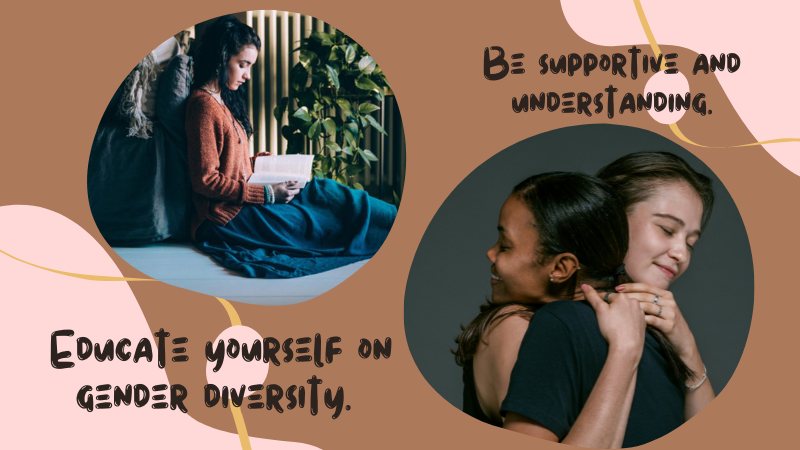
4. Be supportive and understanding
Genderqueer and nonbinary people face a lot of discrimination and prejudice.
Be supportive and understanding, and offer to help when needed.
5. Promote inclusive language
Work to change the way society talks about gender. Use inclusive language that does not rely on binary genders, such as “they/them” pronouns instead of “he/him” pronouns.
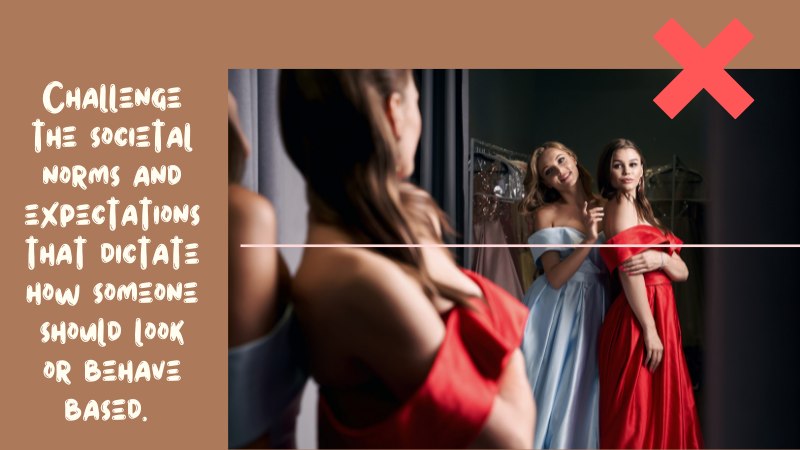
6. Challenge gender norms and stereotypes
Challenge the societal norms and expectations that dictate how someone should look or behave based on their gender.
7. Stand up to hate crimes and discrimination
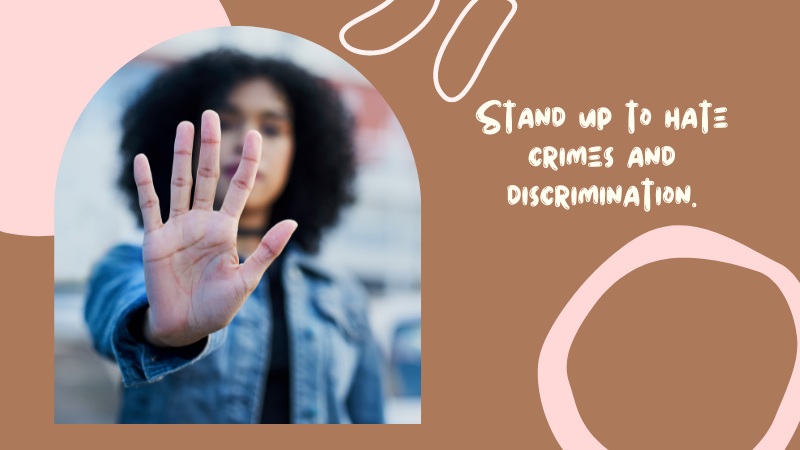
Stand up against hate crimes and discrimination against genderqueer and nonbinary people.
Speak out against these injustices and help create a safe and inclusive environment for everyone.
Part III: Summary
If you feel like you’re stuck in limbo between two genders, you’re not alone. I’ve been there as well. And it’s not such a nice place to be.
There are a lot of different ways to approach this issue.
Some people decide to transition fully to the other gender, while others find a way to settle into their own unique gender identity somewhere in between the two.
There is no right or wrong answer as long as you’re comfortable with your choice.

Family and friends are important support systems.
They can help you through the tough times and offer advice when needed.
It’s also important to find a community of people who understand what you’re going through.
Ultimately, being true to yourself is the most important thing.
As long as you’re content with who you are, then that’s all that matters.
Thanks for reading. Reach out to me whenever you need more information.
Tagged With:Gender confusion , Identity and gender
- How to be a Trans Femboy Influencer in 2024
- 7 Easy Ways to Level Up Your Sexy Femboy Beauty Routine Instantly
- How to Make a Fake Pregnant Belly Look Real: Tips for Every Trimester
- Game On: Sporty Tips for Crossdressers Attending the 2024 Olympics
- How to Pose for Lewd Cosplay Photos for Crossdressers
- How to Explore Crossdresser Bondage Safely and Sensually
Established in 2009, We are a recognized manufacturer and seller of professional crossdressing products.
It is our aim to become not just the most creative manufacturer but also a very considerate seller, as we provide the best quality products for crossdressers all around the world.











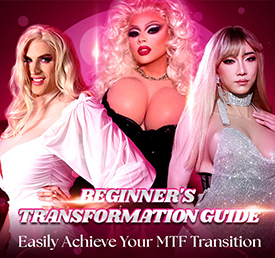
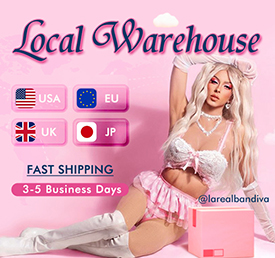







 Breast Forms
Breast Forms  Body Suit
Body Suit  Realistic Mask
Realistic Mask  Femini Girdle
Femini Girdle Hip & Butt Enhancement (8)
Hip & Butt Enhancement (8) Penis Prosthesis
Penis Prosthesis Fake Muscle
Fake Muscle Bikini
Bikini  Wig
Wig  Corsets
Corsets Course
Course service@roanyer.com
service@roanyer.com +8618652200711
+8618652200711 Facebook
Facebook YouTube
YouTube Twitter
Twitter Instagram
Instagram




